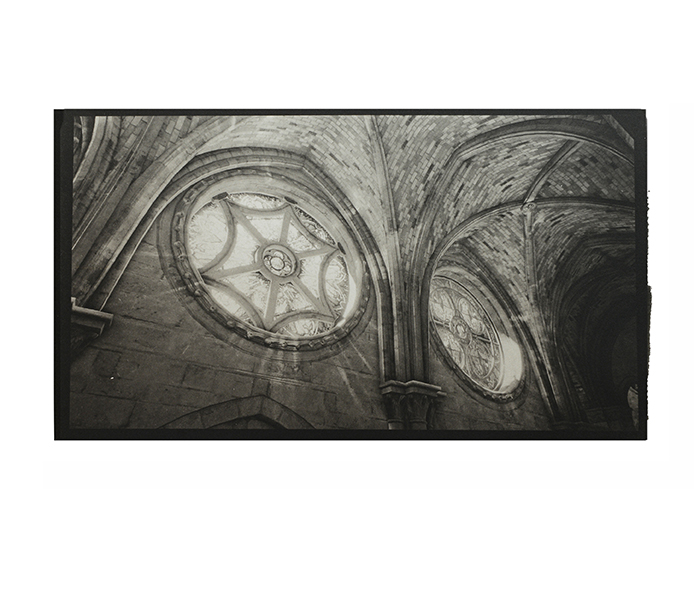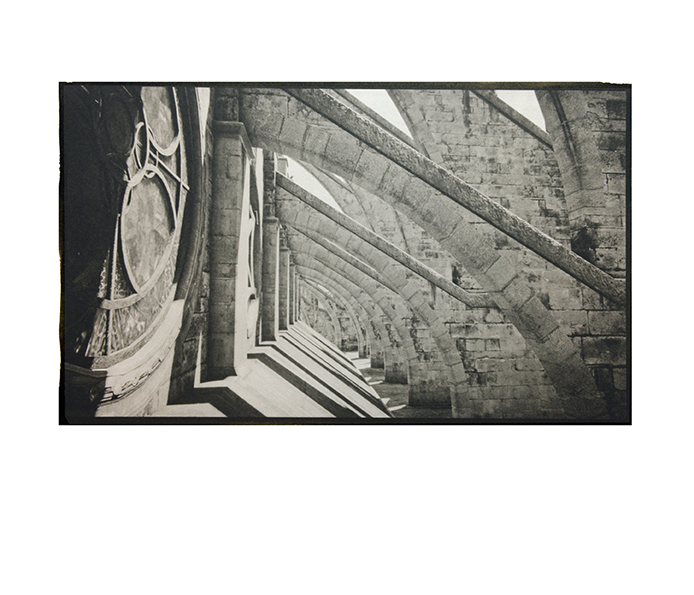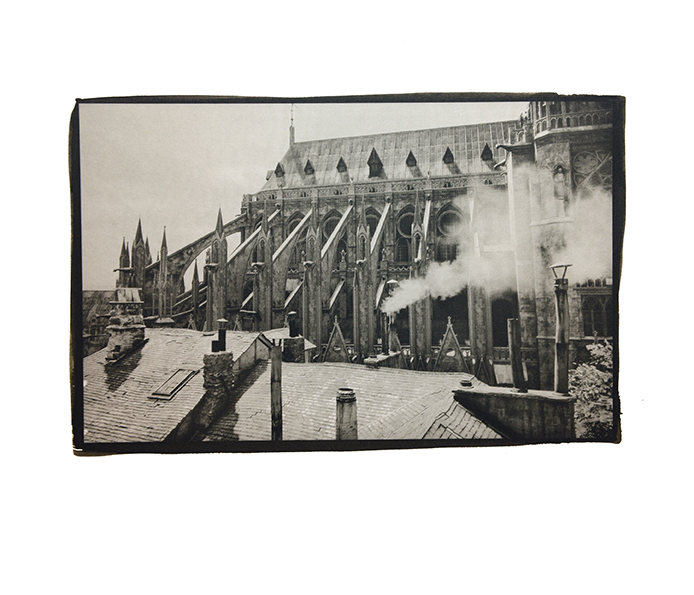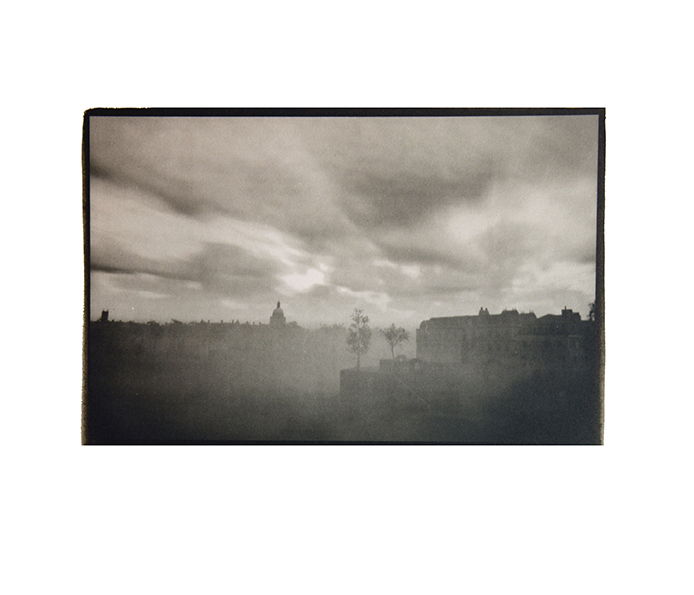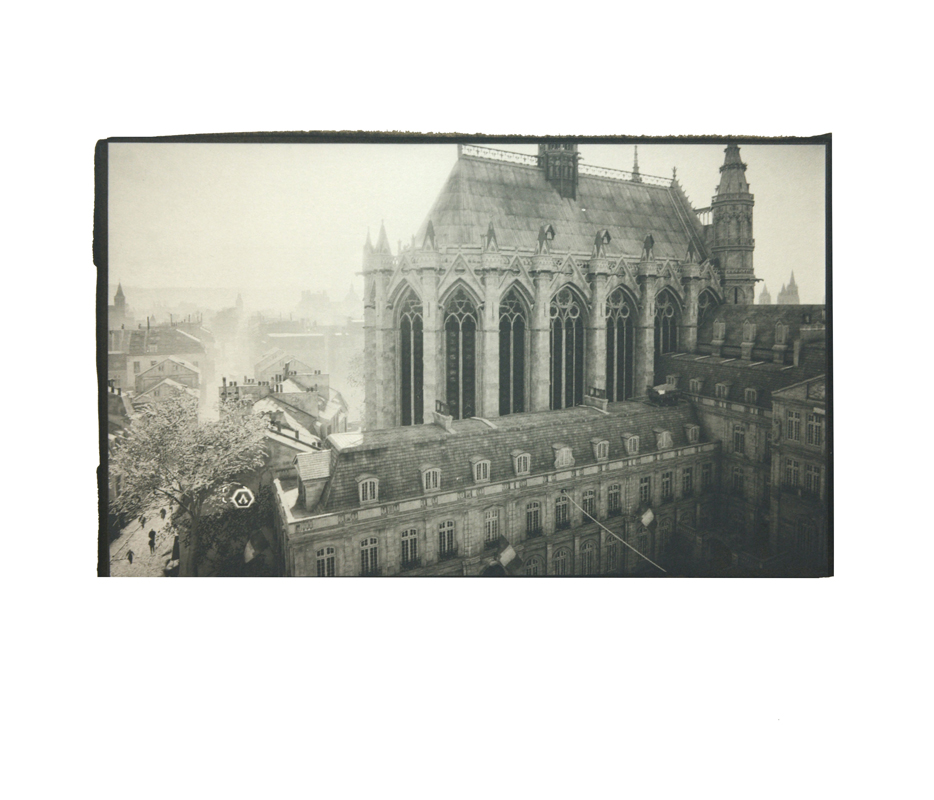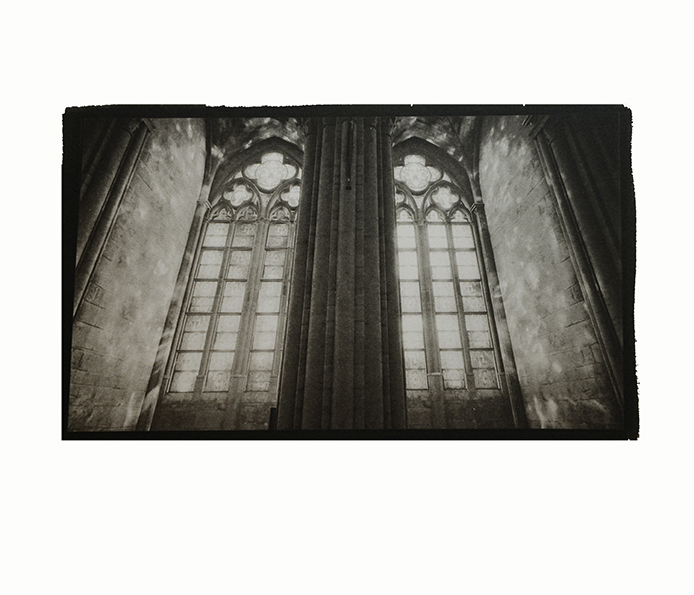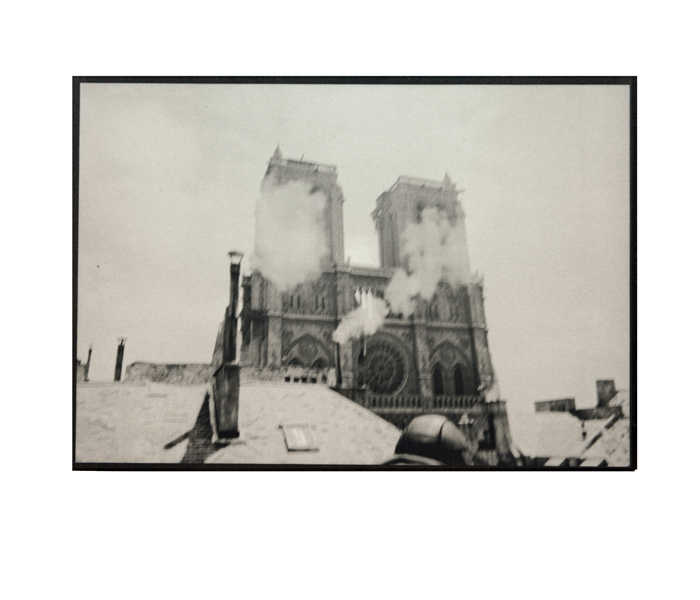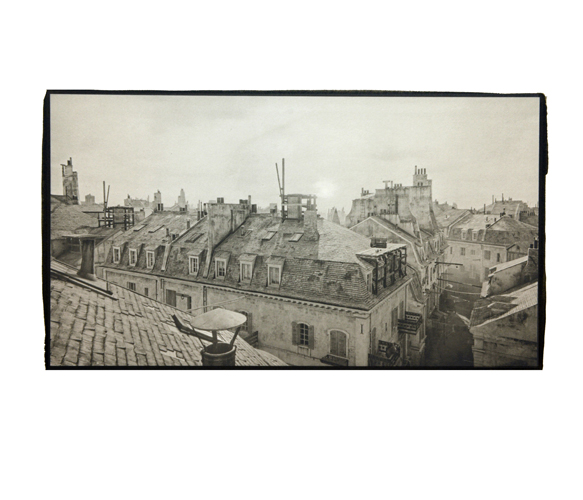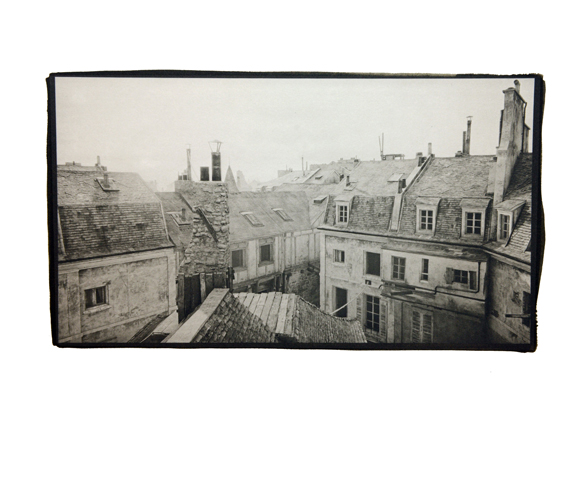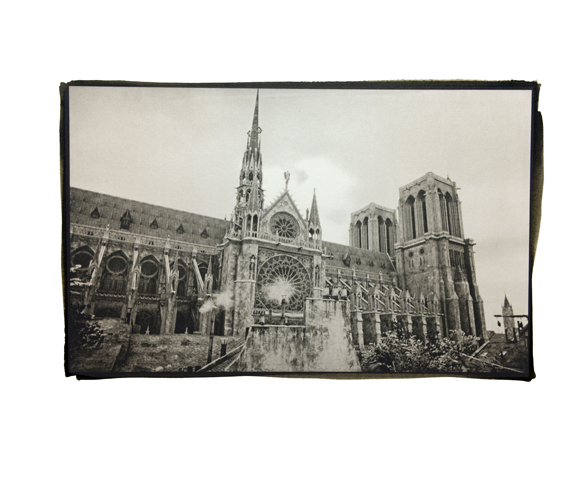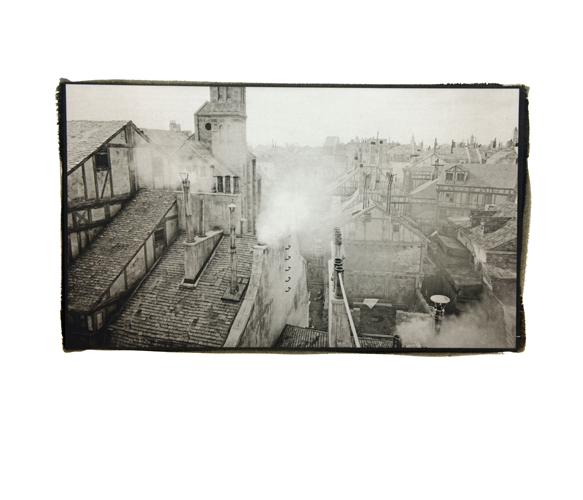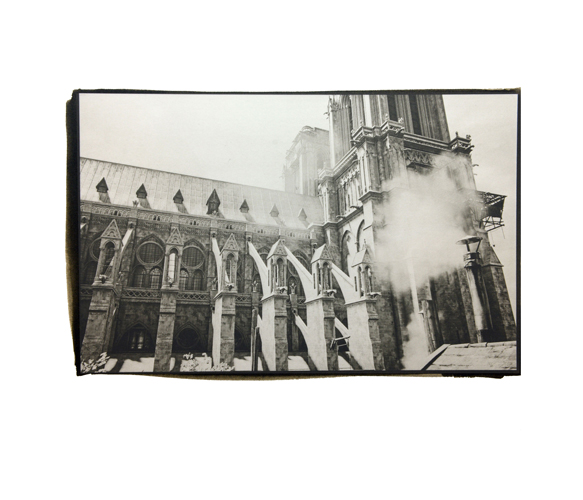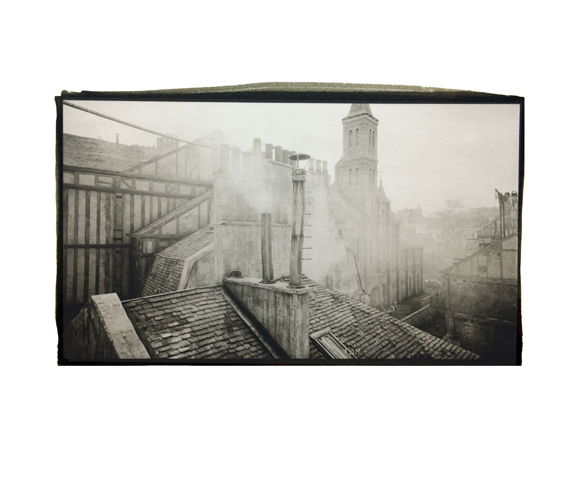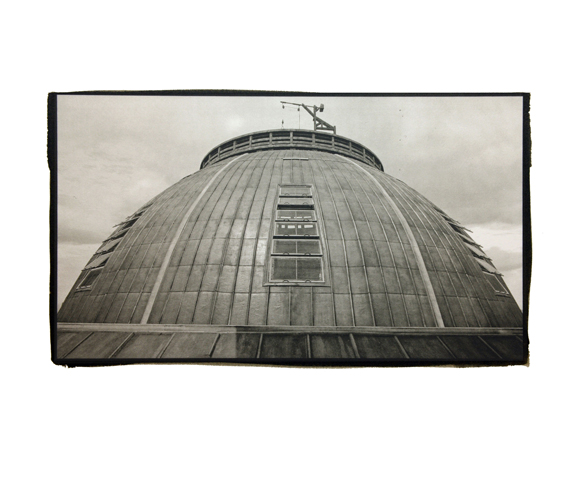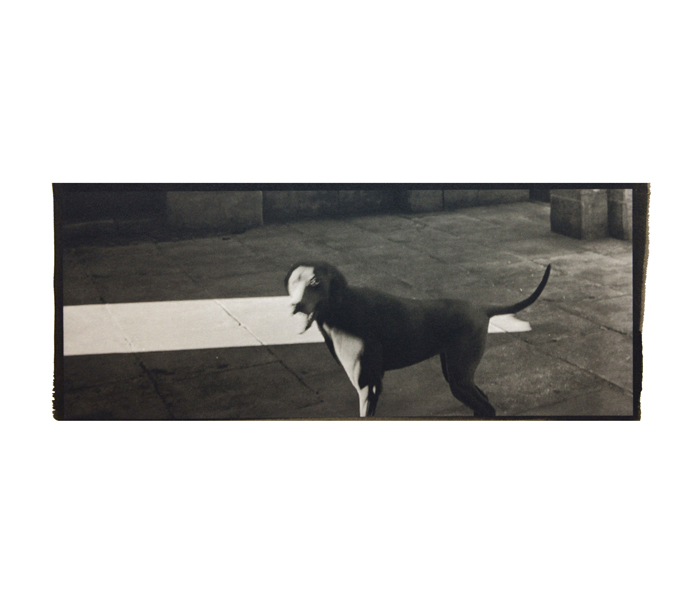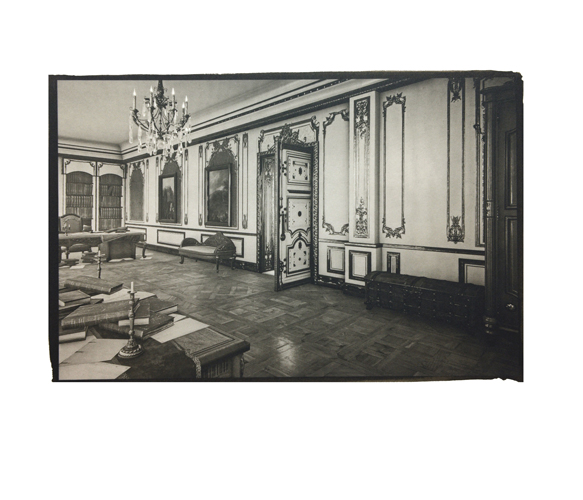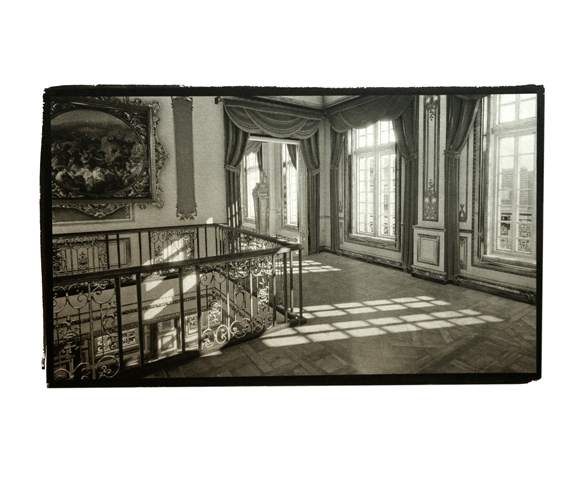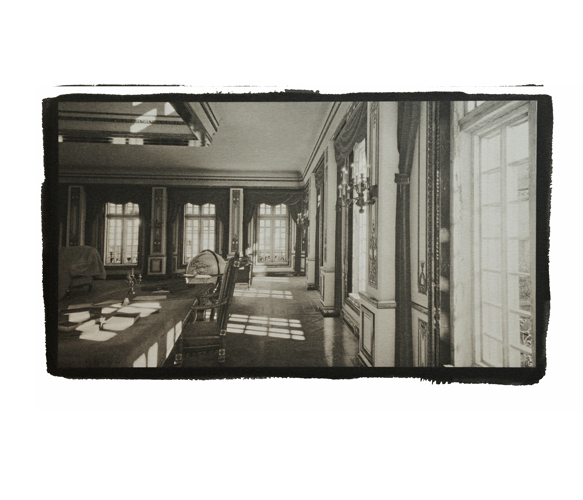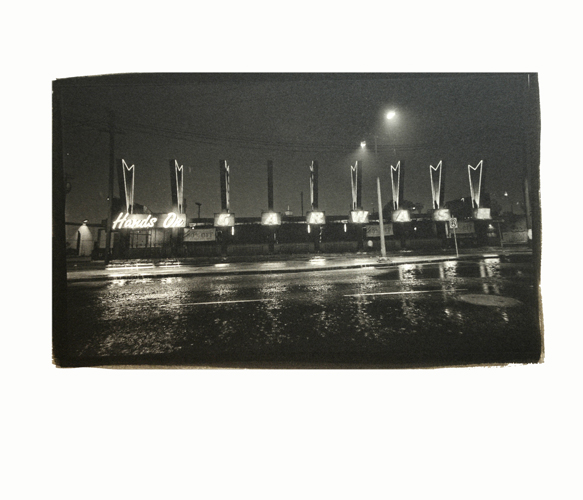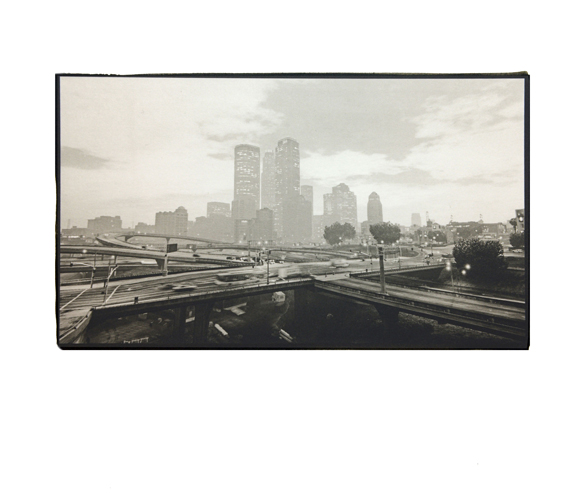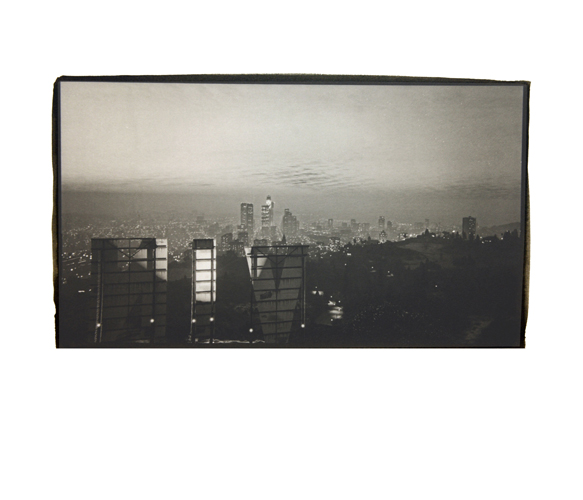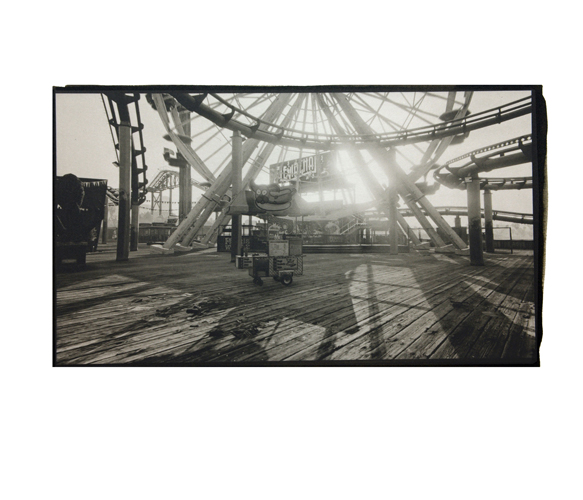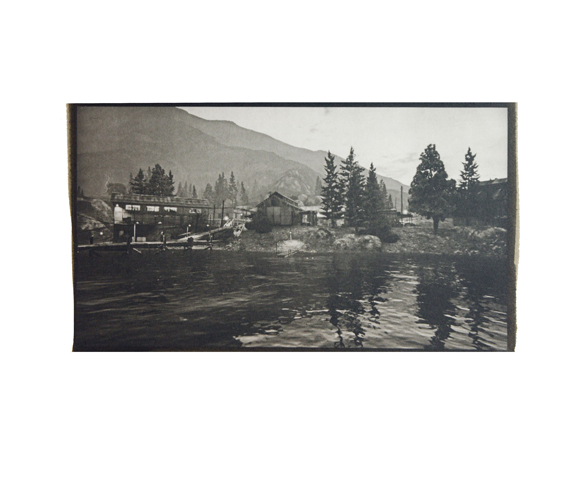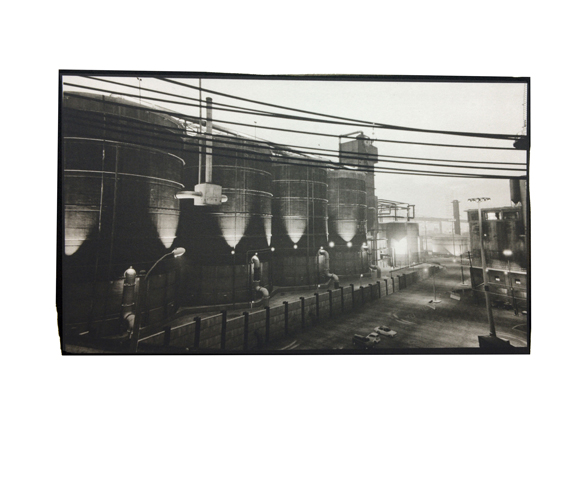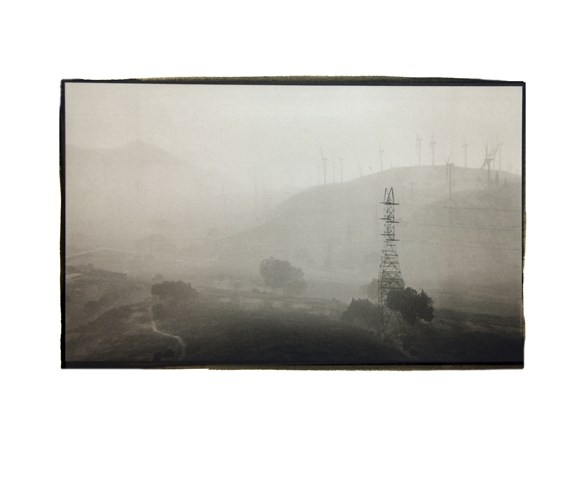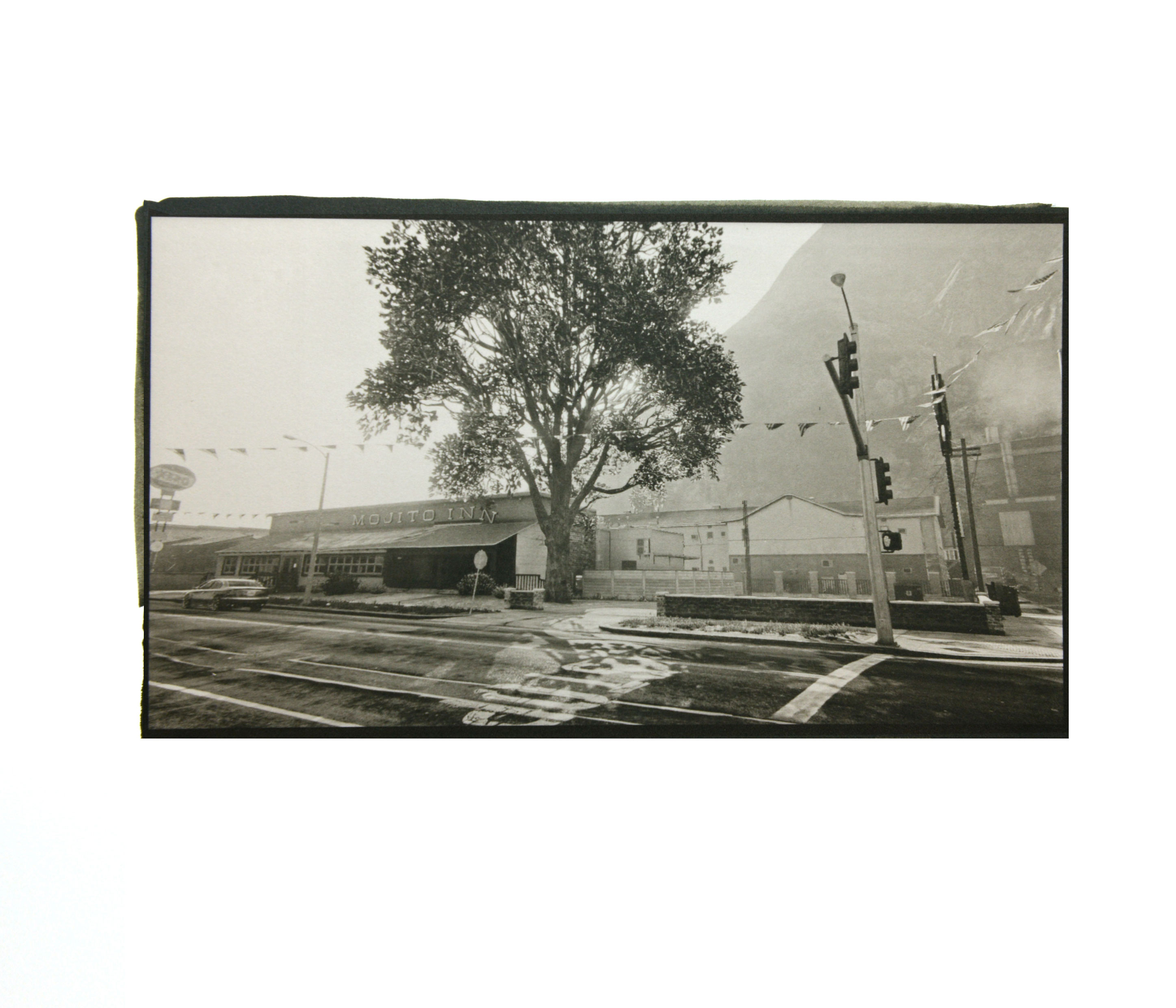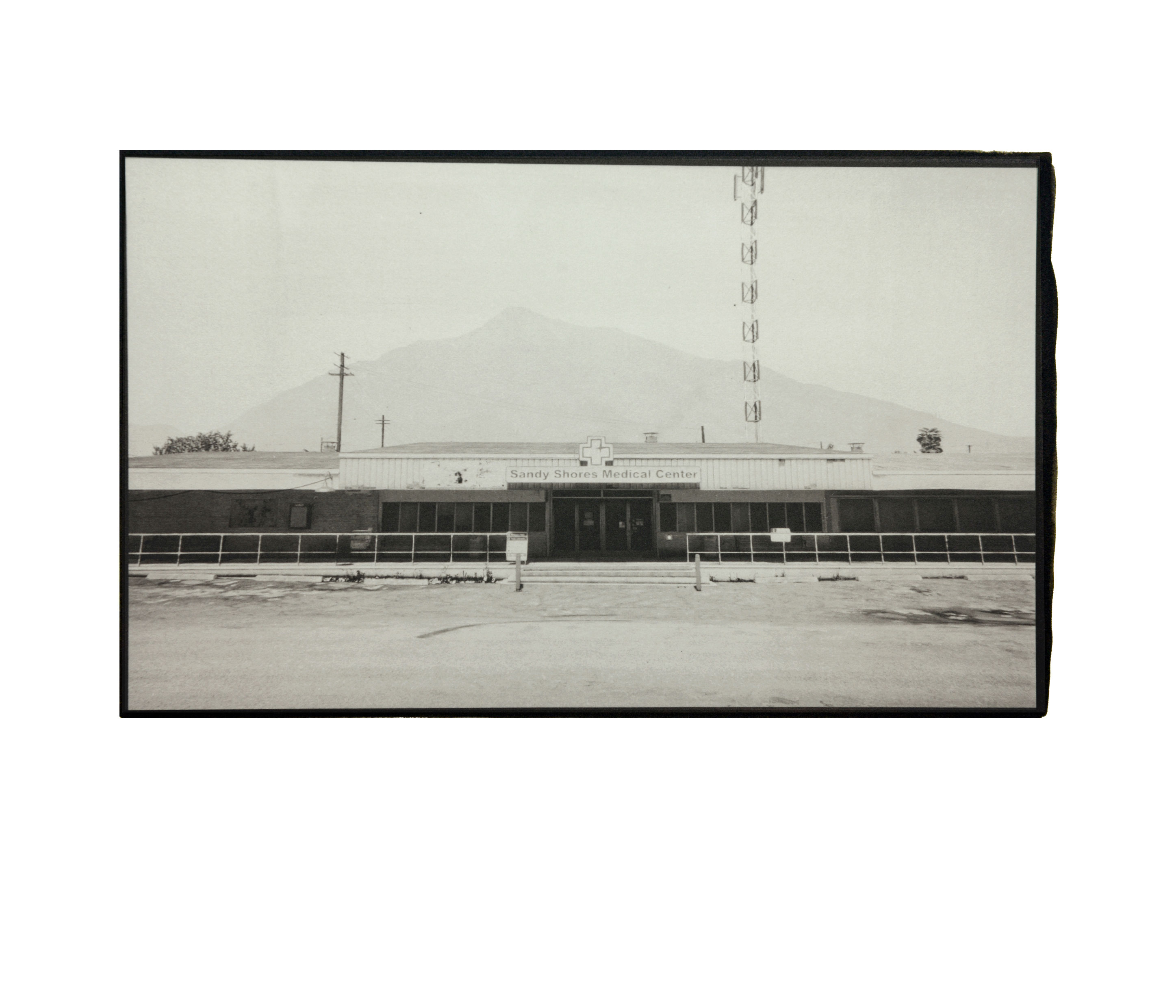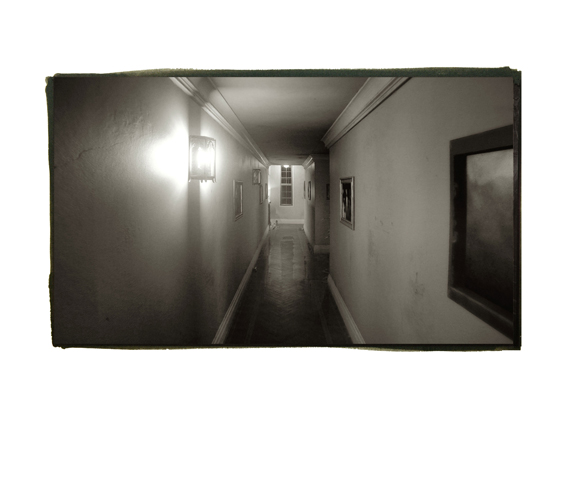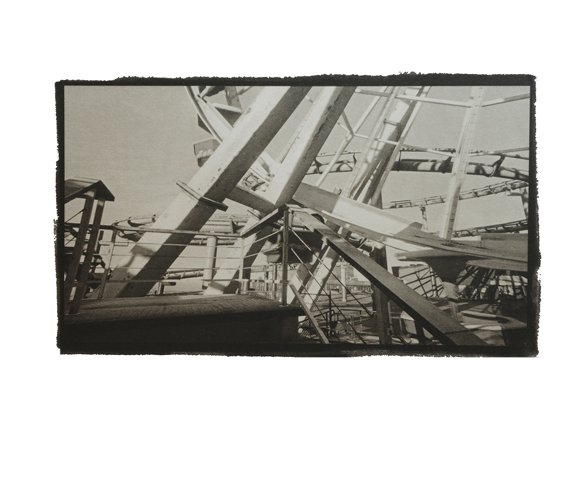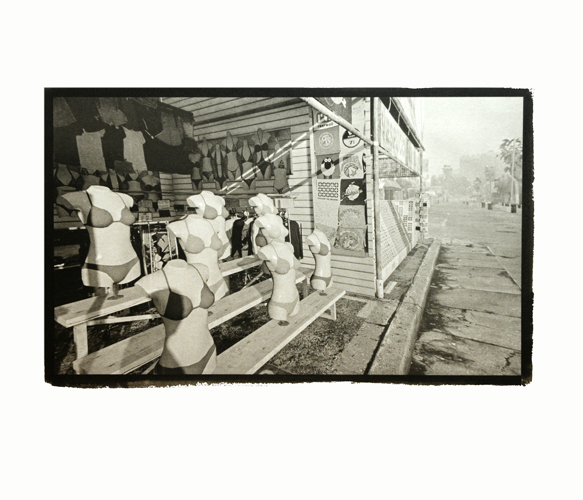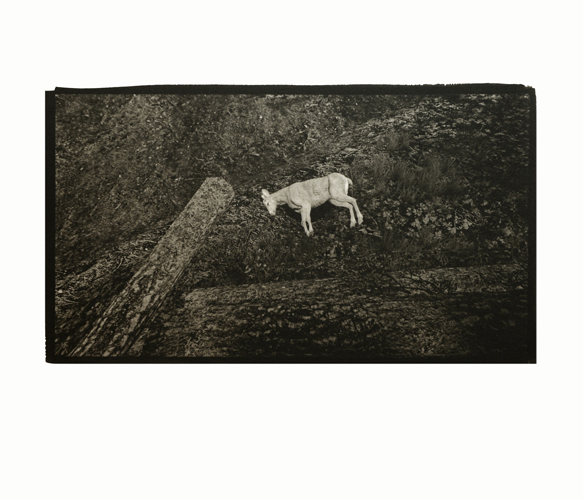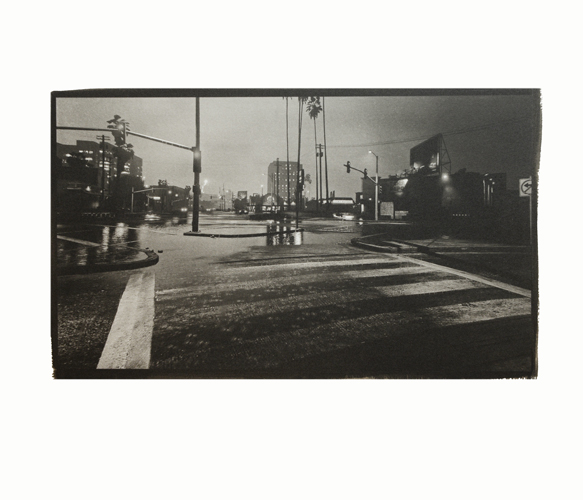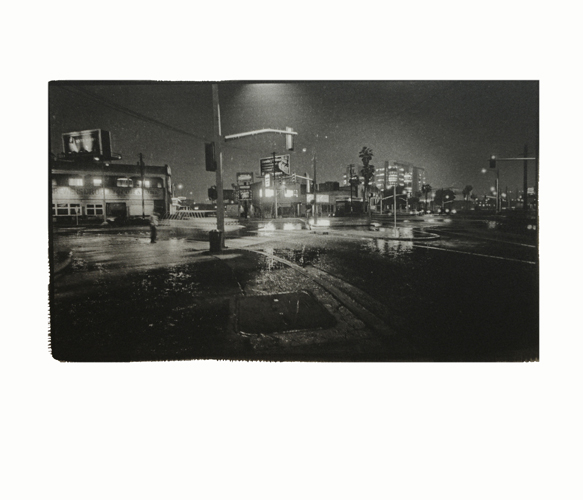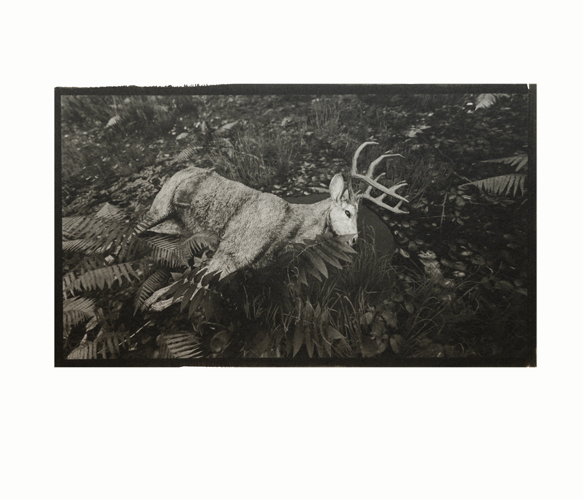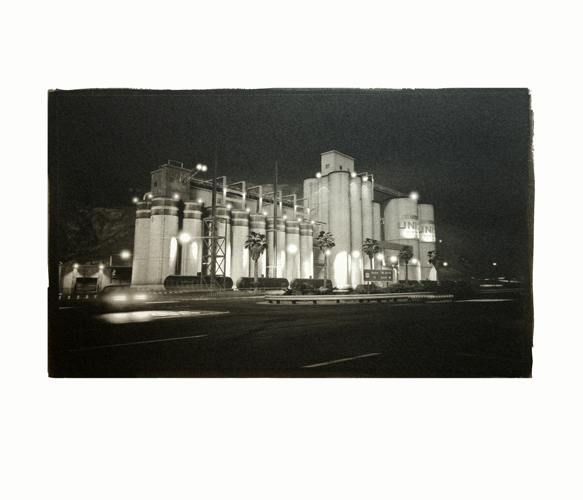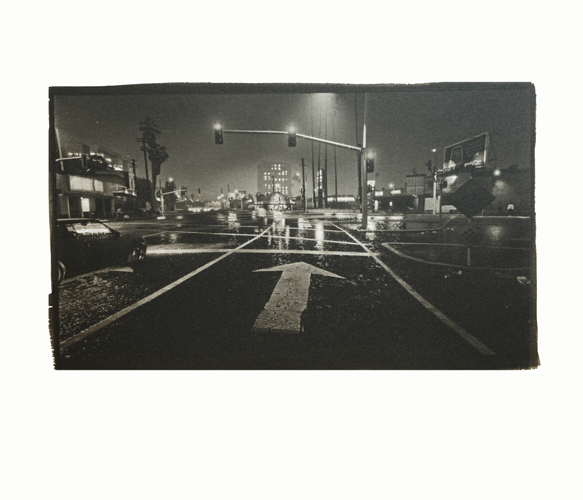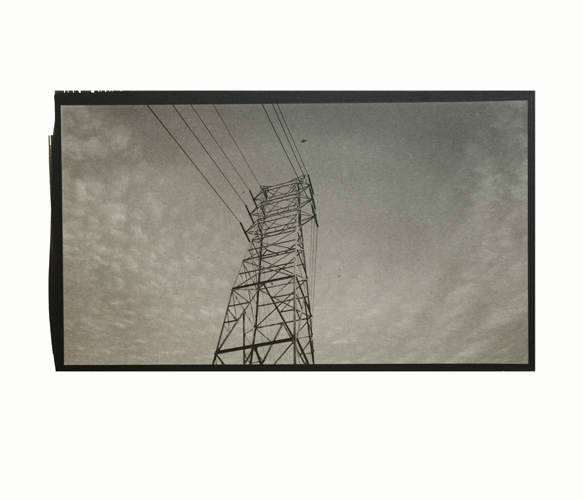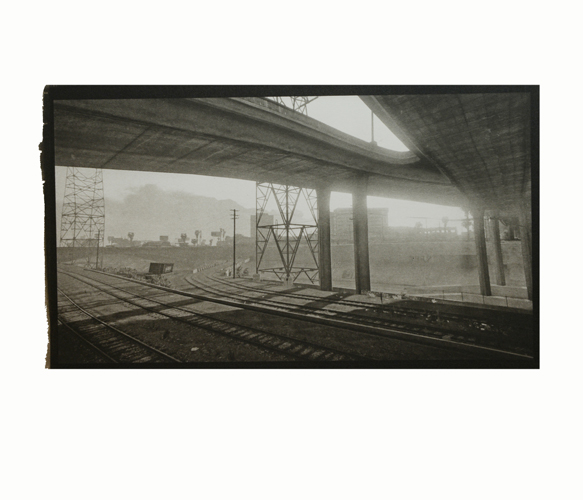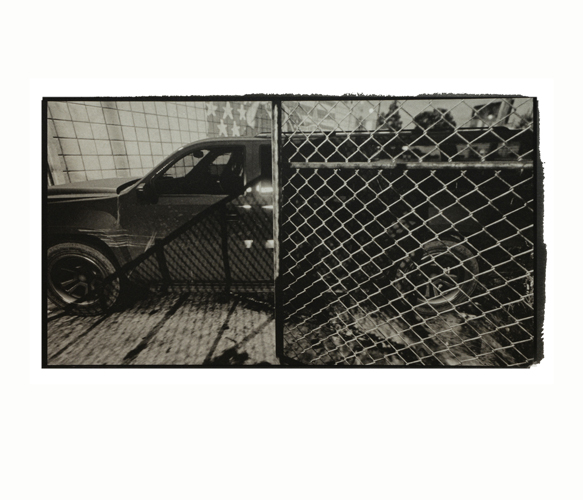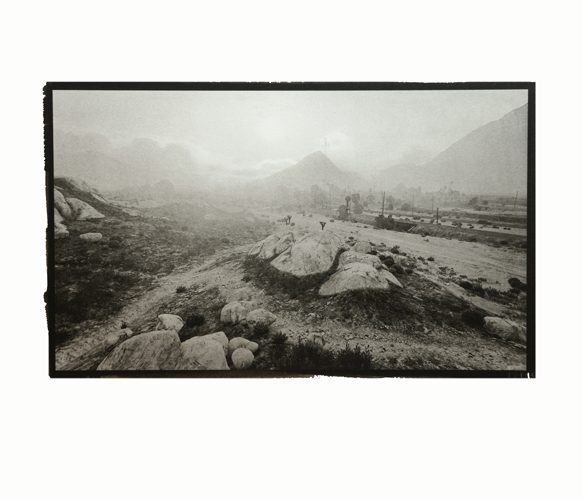- 资质:艺
- 评分:
1分 2分 3分 4分 5分 6分 7分 8分 9分 10分 1分
- 印象:
- 经营时间:15年
- 展厅面积:300平米
- 地 区:北京-朝阳
“世界”-李树摄影展
- 展览时间:2015-07-01 - 2015-07-16
- 展览城市:北京-朝阳
- 展览地点:NUOART
- 策 展 人:廖东
- 参展人员:
展览介绍
世 界
廖冬
看到李树(冰)作品的人大都会问到几个相同的问题:“这些照片是你在某年去旅行拍摄的么?”或者“你是如何站在建筑物的屋顶上?”。每次面对这样的问题,李树总是好脾气的解释,其实照片并不来源于目前身处的真实环境和世界。这个“世界”是一个虚拟的,栩栩如生、变幻莫测的网络游戏世界。作为一个“资深”游戏玩家,不作过多任务,也不在游戏世界中社交沉迷,而是将他现实中的摄影师身份带到了游戏中,从捕捉真实生活的镜像,到另外一个虚拟世界中“真实”的镜像。 选择这样的“世界”跟他的成长背景似乎略有关系。少年时的美术经历,青年时的教育背景,以及工作后的职业内容,都让他与空间和视觉产生着莫不可分的联系。往往一款游戏的设计和交互性体验是他最为看中的。“就像看一场电影大片”,他说。“现代科技的水平的发展,让网络电子游戏越作越精良。海水的波涛,城市的喧嚣,经典建筑的建模还原,还有身边偶然出现的一只街边流浪狗都会让你有些游移和恍惚,站在一个高度还原真实的虚拟世界里,有时候会分不清,何为真实?何为虚拟?” 由于创作了“世界”这组作品,有人冒然称他电子游戏摄影师(Videogame Photographer)这个称呼源于电子游戏摄影(Videogame Photography)是目前西方对于游戏摄影的一个称谓。摄影师的主要创作都来源于各种电子游戏。在游戏体验的过程中截取画面,以个人独特的视角来表达对游戏的认识和分享自己的创作。其中最为知名的莫过于英国的游戏记者——邓肯•哈里斯(Duncan Harris),他创建的个人网站DeadEndThrills在电子游戏界非常出名,其中收录了大量高分辨率游戏截图。这些图片均来自于很多知名的游戏。 而假若真要将李树的摄影作品归类于此,似乎完全不妥。从创作诉求说,哈里斯的摄影都是为了让游戏的玩家对游戏产生更多的好感,从而达到游戏的全体验。换句话说更像是商业广告,也更像是对商业游戏的一次献礼。而李树的作品,更偏向于对自身身份和对摄影本体在当下的一种质疑和思考,即对现实认知的怀疑。因为当下我们所处于最小的现实与最大的仿真之下(每天使用的社交网络、互联网络)。因此,“世界”更像是他对真实认知的初试探索和研究。当然这种探索还包含着另外的一层幽默的人生体验。就像杰克借阿凡达摆脱了人类阵营从而拯救了纳威族人。李冰借李树之身旅行到了一个虚拟世界,并将摄影师身份进行到底,还带回了几十张作品。算的上一次意外惊喜。 从创作呈现上说,大多数的游戏摄影师都是选用静帧截屏的方式完成,并以网络的方式呈现他们的作品。就像哈里斯说,他更愿意别人称他:“画面猎人”(Screenshotting)与哈里斯完全不同,李树则选取了最为传统的摄影形式和工艺完成他的创作。从拍摄中使用传统胶片座机在银盐和湿版的尝试,最终到铂金印像的确定。从一次又一次游戏中朝霞夕阳的等待,拒绝静帧画面的拍摄,到线下手工劳作的显影成像,几乎没有后期的软件制作。与摄影有关的诸多传统都始终保留在“世界”这组作品中。 尽管今天优秀电子游戏的画面美感远超一些中庸的电影,但是西方对于电子游戏是否应该像电影一样被纳入艺术领域还在进行着各种口诛笔伐的论战。抛开一切框架桎梏不谈,单只论人类对于美,对于视觉美感的忠实追求却可以说千古不变。李树的“世界”也有着同样的诉求。无彩的黑白是铂金印像给“世界”披上的一层外衣。这外衣让时空置换而生。原本熟识的影像,却透着丝丝的陌生感。那里,岩石的璀璨光芒看来只是太阳的恩赐,然而白昼的光明,天空的辽阔让夜的幽暗凸显出来。耸立的殿拱、庙宇和门廊有着坚固的型体,这型体在光的耀亮下驱散氤氲,空间于是更加明朗。传统的铂金工艺传达出来的宁静朦胧与作品中空间场域散发出的虚幻气质在相互对立,却又制衡的莫名存在着。他的“世界”以这样的方式,向人讲述着,邀人倾听着,经人猜测着,与人玩味着,同时引人思索着。可以说,“世界”是李树对摄影的一次发声和质疑,也是一次探索和发现,即在美丽新世界中(互联网时代),摄影的更大张力和可能性。
THE WORLD
Liao Dong
The questions most people ask after seeing Li Shu (Li Bing)’s works are more or less the same: “Did you take these photos during previous travels?” or “How did you climb up to the roof of the building?” Li Shu, whenever being asked such questions, always explains with a good temper: Actually, those photos do not come from the real world. The “world” they come from is the ever changing and unpredictable virtual reality of an online game. He, a “senior” game player, unlike other people who enjoy complete as much tasks as possible or indulge in the social communication in the game world, brings his identity of photographer in real life into the game. Instead of capturing the mirror images from the real life he captures the “real” mirror images from another virtual world. His early years seemingly slightly relates to his choice of such kind of “world”: the experience of fine art training during childhood, the education he received in his youth and the subjects he frequently works in earlier jobs all closely connect to spatiality and visuality. He tends to value most the visual design and interactive experience of a game. “Just like seeing a blockbuster movie”, he said, “Modern technology has been growing by leaps and bounds. As a result online video games are becoming increasingly well-made. The waves of the sea, the hustle and bustle of the cities, the virtual reconstruction of the classic architectures and the stray dog occasionally emerging on the street, all of which makes you waver and daze. When standing in a virtual world that highly resembles reality, sometimes you cannot distinguish the unreal and the real.” Some people rashly call him “Videogame Photographer” because of the series “world”. The phrase “Videogame Photographer” derives from “Videogame Photography” a new genre of photography in the west. The photographers shoot photos while “in” the videogames; they snapshot the scenes of games, they express their own understanding of the games through creating works from their personal perspectives. Among them, the most famous is Duncan Harris, a U.K. game reporter: his personal website DeadEndThrills is famous in the videogame industry which publishes a large number of high resolution game screenshots from many renowned games. It seems completely inappropriate to see the photography works of Li Shu as such. The photography of Harris is made to generate appeal, so that game players will have better impressions on the games and achieve better game experience; in other words, it acts more like commercial advertising, or a gift to the commercial games. Works of Li Shu question and contemplate on his identity and the essence of photography in the contemporary society. More precisely, he questions our perception of reality: we are currently under “a minimized of reality and maximized simulation (e.g. the social network and Internet used every day).” Therefore, the “world” is more like his preliminary test, exploring and studying the perception of reality; certainly such kind of exploration includes another layer of humorous life experience. Li Bing, just like Jake who left the human camp by the power of Avatar thus saving people of Na'vi, traveled to a virtual world, replicated his identity as photographer, and brought back a group of works made by his virtual identity Li Shu, which can be seen as a surprising gift. Regarding presentation of works, most game photographers complete their works by selecting some of their frozen-frame screenshots, which are then published online. Like Harris said, he preferred others to call his act “Screenshotting”. Li Shu, totally different from Harris, completed his creation by employing the traditional style and technology: from the traditional film cameras used in shooting to the experiment with silver salt and wet plate, and finally to the determination on using platinum prints; He waited for the morning glow and setting sun in the game again and again, refusing to shoot the frozen-frames. The photos are later developed by manual labor, with hardly any post production alteration. The many traditions relevant to photography were kept in the group of works of “world” all the time. Today, the visual aesthetics of some video games greatly exceeds most mediocrely produced movies. However, there are debates with condemnation on whether if video games shall be considered as art, just like the same debates about movies. If we temporarily ignore the argument on classification, human being’s loyal pursuit for beauty and visual aesthetics has never stopped. The “world” of Li Shu has the same purpose: the colorless black and white is a coat of platinum prints covered on the “world”, which transfers time and space and reemerges itself. The images previously known to us now show a bit of strangeness. There, the sparkling beam of the rocks seems to be only a gift from the sun, but the brightness of the daylight and the expansiveness of sky highlight the gloom of the night. The solid volumes of the rising apsis, temples and porches disperse thick mist under the light, making the space even brighter and clearer. The tranquility and ambiguity expressed by the traditional platinum technology is in opposition to the illusory temperament sent out by the space field in the works, yet the former and the latter balance each other and coexist in Li’s work. His “world” talks to people, invites them to listen, to question, makes them ponder and leads them to think in such a manner. So to speak, the “world” is Li Shu’s voicing and questioning on photography, it is also his exploration and discovery of the greater possibility and influence of photography in our brave new world (a.k.a. the Internet Era).

 黄琦
黄琦 测试用艺术
测试用艺术





